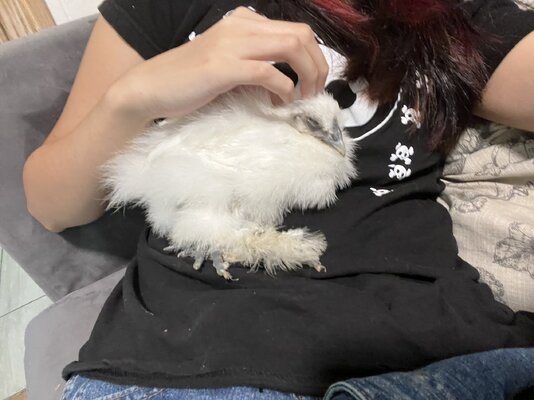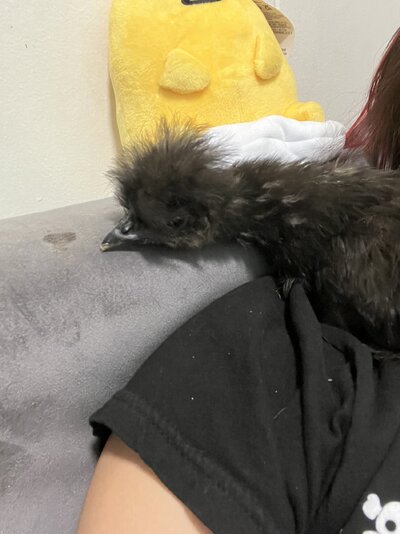Chikenshiken
Songster
- Feb 1, 2023
- 301
- 415
- 156
Title is a little weird but the story is all my chickens are brown and they hate white chickens (I know, silly.) But they were raised only around each other and I’ve tried to integrate a hen who was white and they absolutely hated her because she looked “weird.” They’re tolerant now but she’s at the bottom of the flock. She’s more of an indoor outdoor chicken now. Besides her, I’m going to try and integrate two silkie chickens but you all know how silkies look! White and fluffy, very unfamiliar to my chickens who are pretty flock aggressive. I want to have a more successful integration. Any tips? My flock is currently 4 chickens so it’s relatively small compared to other flocks.






